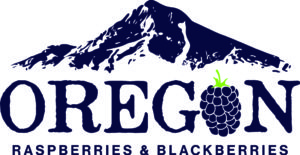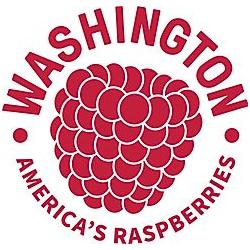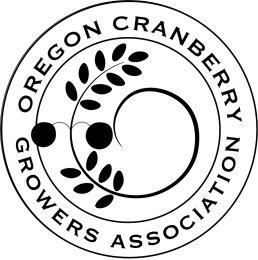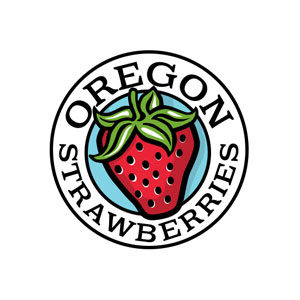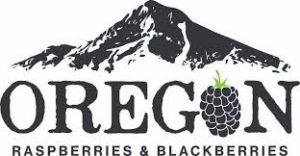Detection and monitoring of Tomato Ringspot Virus in red raspberry and Xiphinema americanum.
- Research Status: Project completed 2003 - 2005
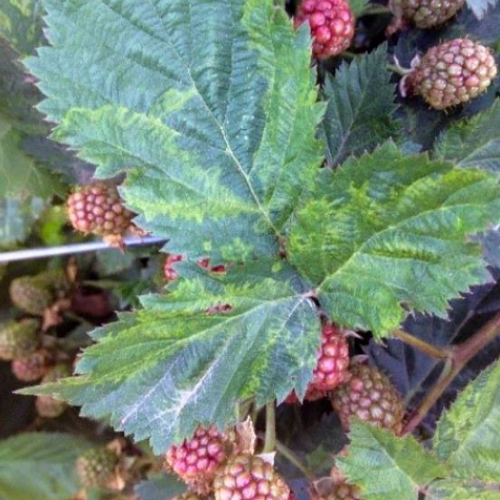


Pinkerton, J. N. , Martin, R. R
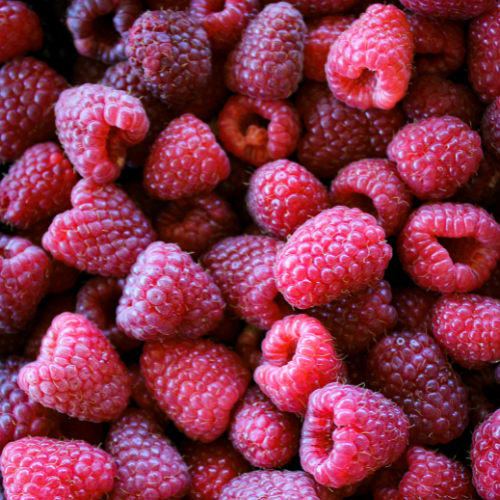
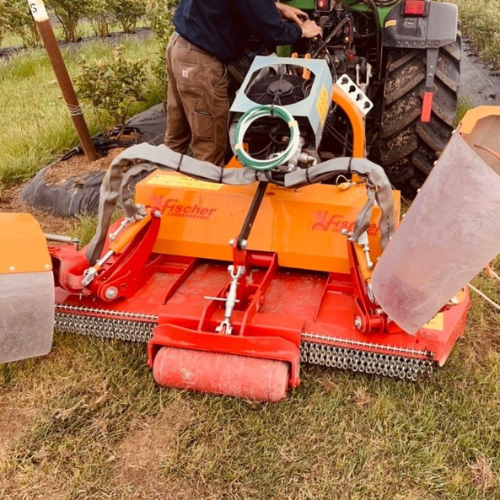
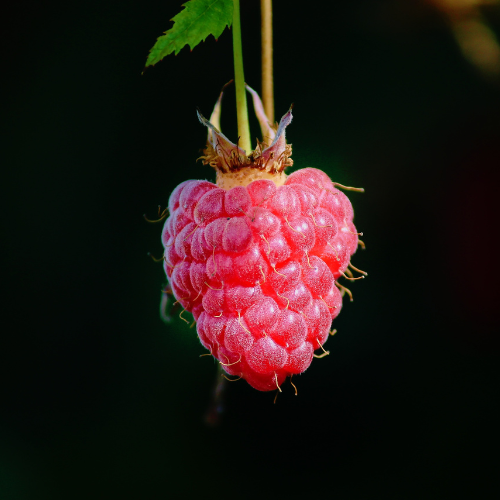
Washington and Oregon account for 85% of national raspberry production and 15% of worldwide production. Growers from Washington and Oregon harvest over 80 million pounds of raspberries on about 12,000 acres. Tomato ringspot virus (ToRSV) continues to be a problem in raspberry production in the Willamette Valley in Oregon, and in southern Washington.
The predominant mode of spread of ToRSV is via the nematode vector Xiphinema americanum, also known as “Dagger” nematodes. Methyl bromide is often a method of choice for managing ToRSV and other nematode-borne plant viruses because it kills the nematode vectors. However, ToRSV often reappears within 3-4 years of fumigation with methyl bromide. This is because nematodes below the depth of effective fumigation survive and can reinfect new raspberry plants. In addition to incomplete success with soil fumigation, methyl bromide is scheduled to be phased out of commercial agricultural use by Jan. 1, 2005.
Alternative approaches are clearly needed to control virus-vectoring nematodes and plant-parasitic nematodes. Integrated pest management strategy development is dependent on understanding the population dynamics and epidemiology of vector nematodes, and epidemiology of viral plant diseases. In this study, we examined the epidemiology of ToRSV spread, population dynamics of X. americanum, developed a cucumber bioassay to detect virus-carrying nematodes, designed and tested the effects of cover-cropping systems on nematode populations and disease transmission, and developed diagnostic tools to monitor the spread of ToRSV in field infections and in the vector nematodes.
Pinkerton, J. N., J. Kraus and R. R. Martin. 2002. Epidemiology, detection, and management of tomato ringspot virus and Xiphinema americanum in red raspberry. Phytopathology 92:S65
